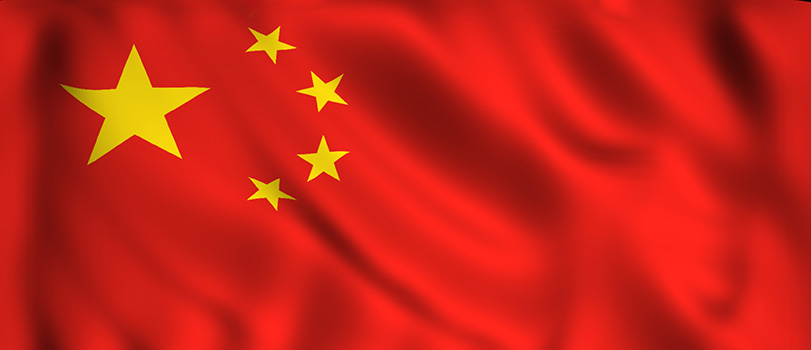©2025 Keller and Heckman, LLP
China Approves New and Expanded Usage for Food-Contact Materials

On March 13, 2024, National Health Commission of the People’s Republic of China (NHC) approved two new food-contact additives, two new resins, and expanded usage for one resin. The substances and specifications are listed below.
New Food-Contact Additives
- Chromium iron oxide (CAS No. 12737-27-8) is to be cleared for use in plastics at a maximum use level of 2%. Plastic materials and articles containing this substance may not be used in the production of special food-contact materials and articles for infants and young children; the substance should meet the requirements of GB 9685-2016 for the purity of colorants. The above restriction of use requirements must be labeled in accordance with the provisions of GB 4806.1.
- Bicyclo[2.2.1] heptane-2,3-dicarboxylic acid, calcium salt (1:1), (1R,2R,3S,4S)-rel- (CAS No. 839683-04-4) is to be cleared for use in polypropylene (PP) and Polyethylene (PE) at a maximum use level of 0.25%. The specific migration level (SML) is 5 mg/kg. PP and PE plastic materials and articles containing this substance may not be used in the production of special food contact-materials and articles for infants and young children; the use temperature may not exceed 100°C. The above restriction of use requirements must be labeled in accordance with the provisions of GB 4806.1.
New Resins
- Polybutylene succinate adipate (CAS No. 67423-06-7) is to be cleared for use in plastics at the necessary dosage. The SMLs are 5 mg/kg (as 1,4-Butanediol) and 0.05 mg/kg (Tetrahydrofuran). Substance containing this resin may not be used in the production of special food-contact materials and articles for infants and young children. In addition, poly(butylene succinate-co-butylene adipate) (PBSA) plastic materials and articles produced from this substance may not be used in contact with acidic foods and foods with ethanol content higher than 10%, and may be used only for one-time use, filled at room temperature and stored at room temperature for a long time (including hot filling and pasteurization at T≤70°C, t≤2h or T≤100°C, t ≤15min). The above restriction of use requirements must be labeled in accordance with the provisions of GB 4806.1.
- 1,3-Benzenedicarboxylic acid, polymer with 1,4-benzenedicarboxylic acid and 1,4-cyclohexanedimethanol (CAS No. 26124-27-6) is to be cleared for use in plastics at the necessary dosage. The SMLs are 5 mg/kg (as 1,3-Benzenedicarboxylic acid) and 7.5 mg/kg (as 1,4-benzenedicarboxylic acid). Substance containing this resin may not be used in the production of special food-contact materials and articles for infants and young children. In addition, polycyclohexylenedimethylene terephthalate (PCT) plastic materials and products produced from this substance are limited to those used for filling at room temperature and long-term storage at room temperature (including hot filling and pasteurization at T≤70°C, t≤2h or T≤100°C, t≤15min). The above restriction of use requirements must be labeled in accordance with the provisions of GB 4806.1.
Resins with Expanded Usage
- Undecanoic acid, 11-amino-, homopolymer (CAS No. 25587-80-8) is to be cleared for use in plastics at the necessary dosage. The SML is 5 mg/kg (11- aminoundecanoic acid). Polyamide (PA) plastic materials and articles produced from this substance may not be used in contact with food with ethanol content higher than 50%. In addition, the use temperature may not exceed 100 °C and the use time may not exceed 1h. The above restriction of use requirements must be labeled in accordance with the provisions of GB 4806.1.